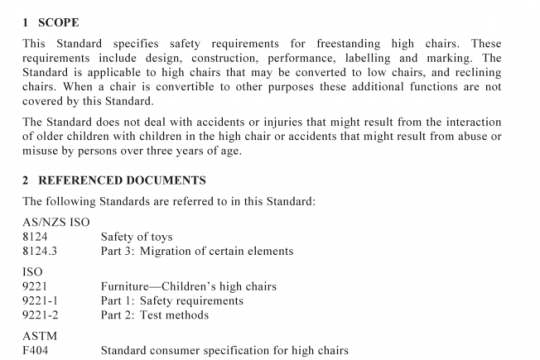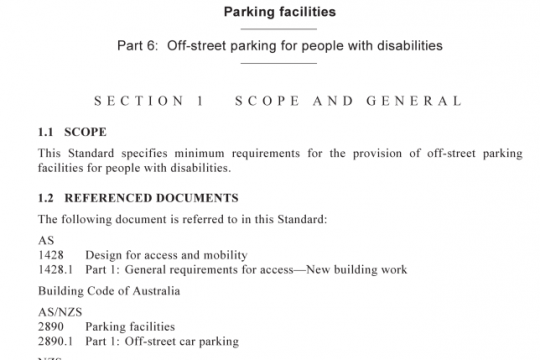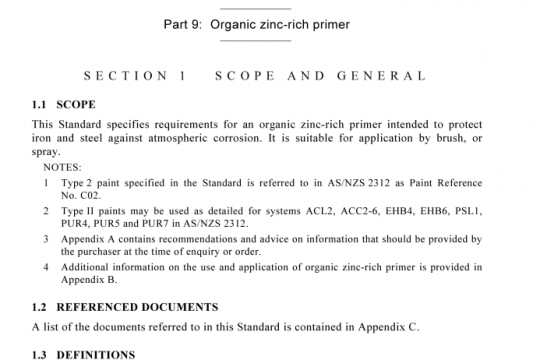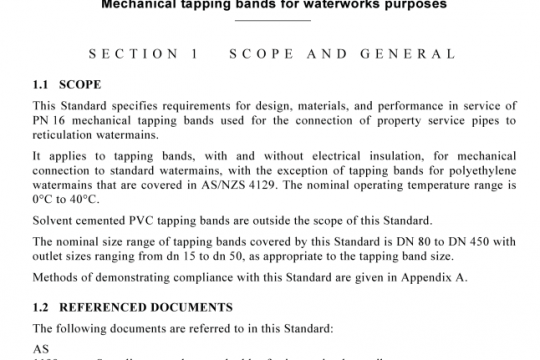AS 5013.11.1:2018 pdf free
AS 5013.11.1:2018 pdf free.Food microbiology
Using an electric drill (6.11.1) equipped with the appropriate bit (6.11.2) or any other apparatus (6.11.4),or failing this, the hand drill (6.11.1), make holes in the specified points (see Annex B). Set the speed of the drill or other apparatus to not more than 900 r/min to avoid fusion or dispersion of the shavings.
Using a sterile spatula (6.9), collect the resultant shavings and place them in a tared container or plastic bag (6.13) to be used for homogenization. If the mass is greater than 50 g, mix the shavings thoroughly in another container or plastic bag to provide a test sample, and then remove the final homogeneous test portion for testing.
The entire sampling operation shall not cause a significant increase in the temperature of the sample that would damage any microorganisms present.
Sterilize the template (6.11.6) and the wood chisel (6.11.3) by dipping in 70 % (volume fraction) alcohol and flaming. While the template is still hot, apply it to the surface of the frozen product.Using the sterile chisel and hammer (6.11.3), chip off the upper layer of product within the template to a depth of 2 mm to 3 mm. Collect the resultant pieces and place them in a tared container or plastic bag (6.13) to be used for homogenization.
For dehydrated and other low-moisture products, it is important to weigh the diluent and then add the test portion to reduce osmotic shock on any microorganisms present.
Low-moisture products may require a period (up to 1 h) soaking in the diluent used for the initial suspension to soften them before homogenization and subsequent manipulations. See ISO 6887-4 for detailed requirements for the different types of low moisture products.See ISO 6887-4 for further information on preparation of low-moisture products before testing for specific groups of microorganisms, such as yeasts and moulds.
The use of buffered peptone water (5.2.2) is sufficient for most products with pH greater than or equal to 4,5. More acidic products (greater than or equal to pH 3,5) may be brought back to the required pH using double-strength buffered peptone water (5.2.3), but the pH of such products should be checked when these are tested for the first time to ensure the required range is achieved.AS 5013.11.1 pdf free download.




